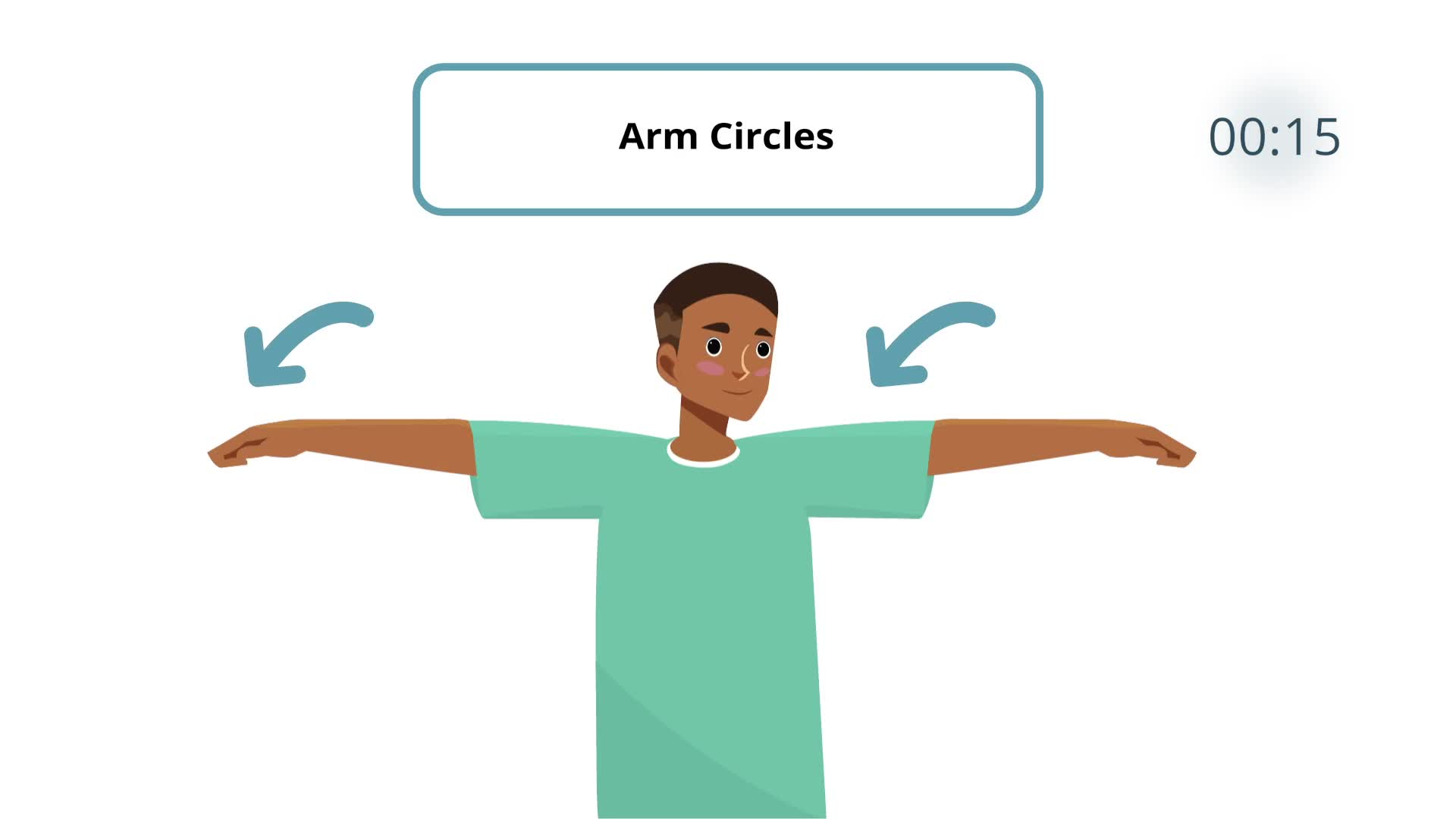Introduction
Stretching exercises provide numerous benefits for students in special education, promoting both physical and mental well-being. Incorporating principles of Social-Emotional Learning, stretching activities can help students develop self-awareness and self-management skills, as well as foster positive relationships with others. In this blog post, we will explore a no-prep stretching activity, discussion questions to stimulate further conversation, related skills, and next steps for educators.
No-Prep Activity: Seated Stretching for Mindful Relaxation
This activity requires no preparation or materials and can be easily implemented in the classroom. Have your students sit up straight at their desks or tables, with their feet on the ground.
- Begin by guiding students to take three deep breaths in and out to relax their bodies.
- Slowly instruct them to move their head side to side, stretching the muscles in their necks.
- Have students gently start moving their head in a circular motion, like a clock, for three circles in each direction.
- Now, ask students to bring their arms straight out in front of them, parallel to the ground, and slowly roll their wrists in small circles. Reverse the circles and repeat a few times.
- If there’s enough space, have students make slow, wide circles with their arms. Do a few circles in each direction.
- Guide students to carefully bring one arm across their body, holding it with the opposite arm for a deep shoulder stretch. Hold for five seconds, then repeat with the other arm.
- Finally, instruct students to reach their arms high above their heads, lacing their fingers together, and stretch from one side to the other.
This simple stretching routine can help students release tension, focus their minds, and foster a sense of calm in the classroom.
Discussion Questions
- How did the stretching activity make you feel physically and mentally?
- What other situations or times during the day could you use these stretching exercises to help you relax and focus?
- How can stretching exercises help you build positive relationships with your classmates?
- What other activities can you think of that might promote relaxation and self-awareness?
- How can incorporating mindful stretching into your daily routine contribute to your overall well-being?
Related Skills
In addition to stretching exercises, there are other activities and skills that can support students’ social-emotional growth and well-being. Some related skills include:
- Mindfulness: Practicing mindfulness helps students become more aware of their thoughts, emotions, and physical sensations, leading to improved focus and self-regulation.
- Deep Breathing: Teaching students deep breathing techniques can help them manage stress and anxiety, promoting relaxation and mental clarity.
- Yoga: Incorporating yoga into the classroom can help students develop strength, flexibility, and balance, while also fostering self-awareness and emotional resilience.
- Gratitude Exercises: Encouraging students to express gratitude can boost their mental well-being and foster positive relationships with others.
Next Steps
If you’re interested in exploring more activities and skills to support your students’ social-emotional growth, we encourage you to sign up for free samples of our materials. Visit Everyday Speech’s sample materials page to access a variety of resources designed for educators working with students in special education.






